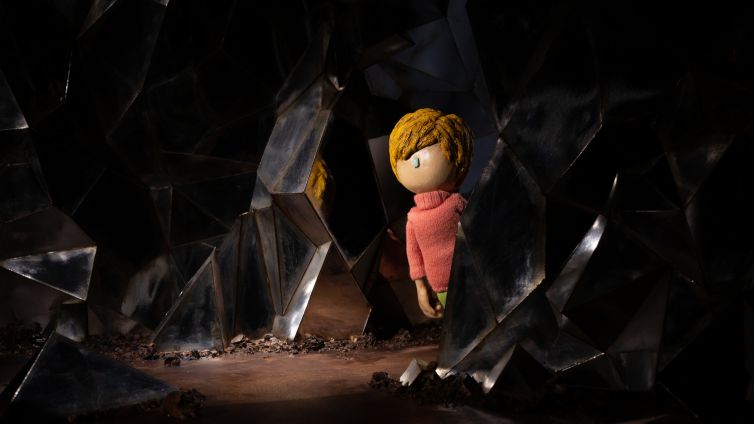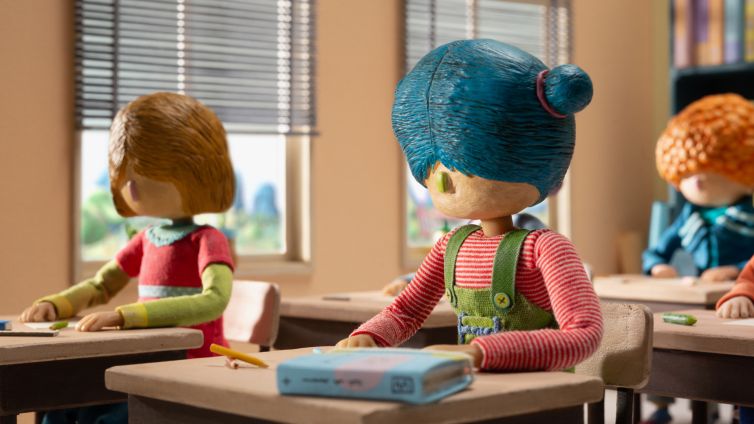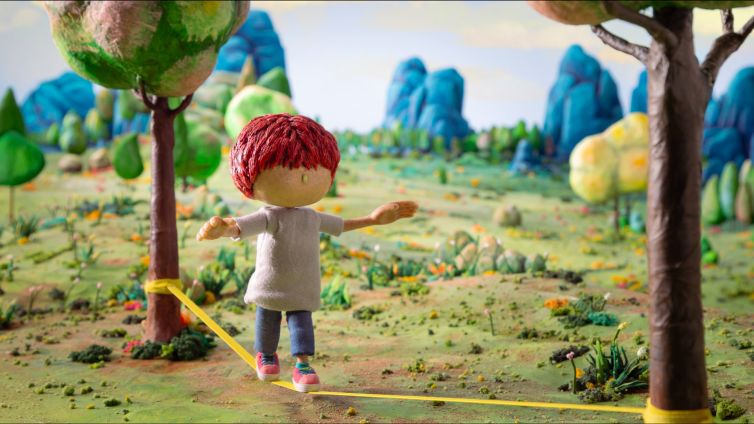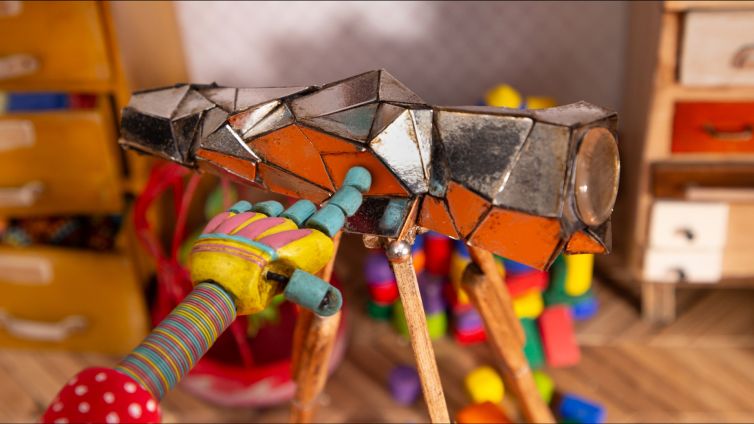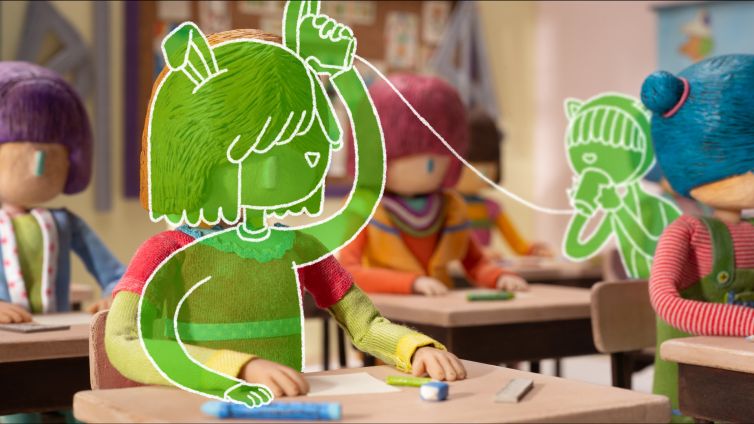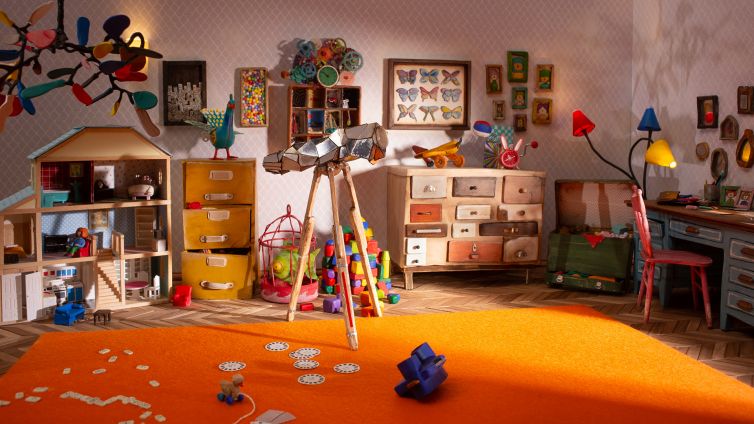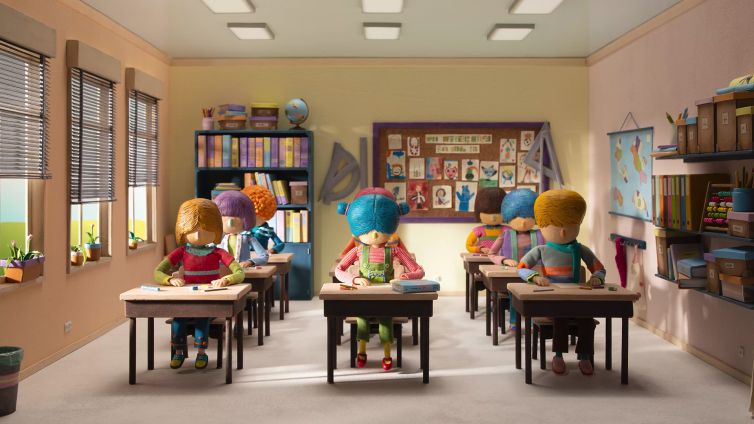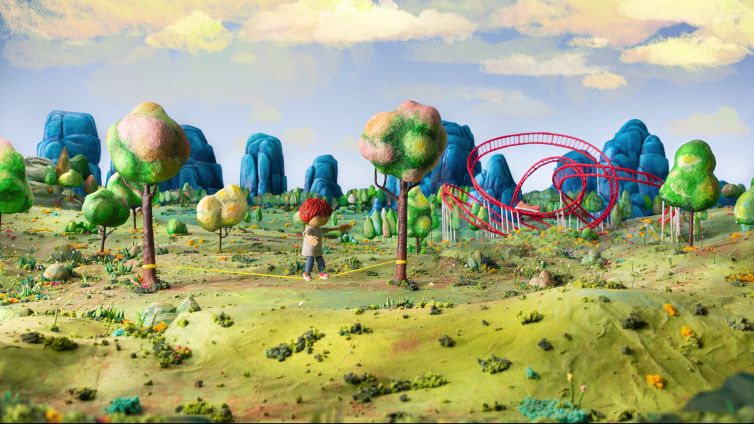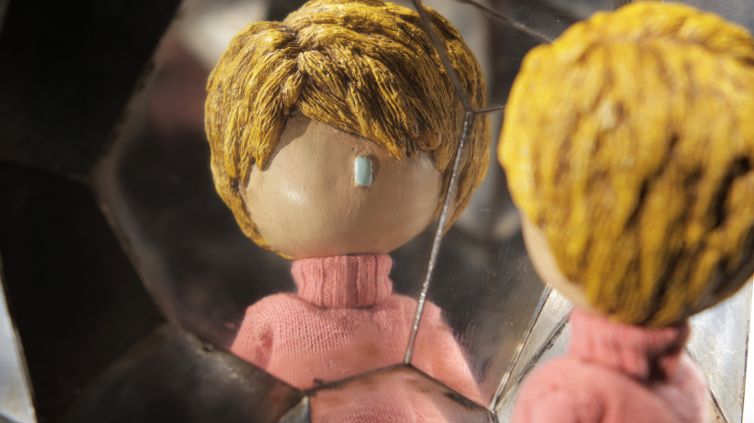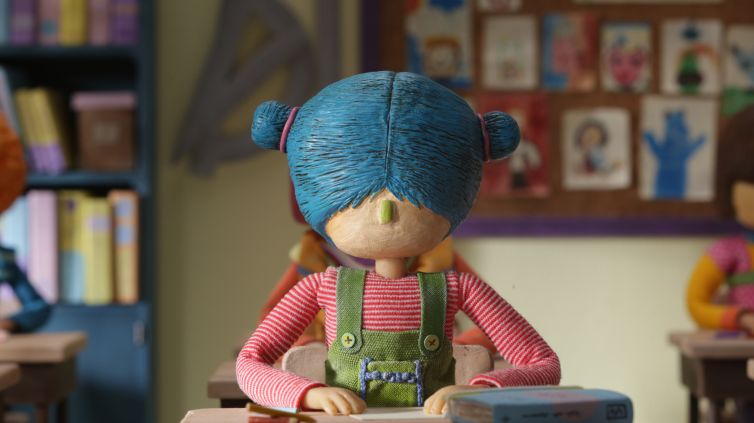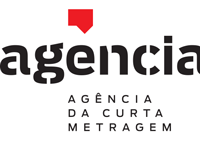We began our journey in animation as a duo, we complement each other through our different skills and previous paths and we share the motivation to deal with social issues. We are interested in animating volumes because it has direct implications for the use of sculpture, which is a technique of choice that we share. “Three comma fourteen” is a short film about the relationship between society and being a child today, which particularly exposes the stigma of the diagnosis of ADHD (Attention Deficit Hyperactivity Disorder) and consequently the feeling of difference that is imputed.
The idea arose from conversations with a social psychologist, David Santos, who in mid-2016 was investigating issues that could be related to future social conditioning, being of the opinion that the excess of diagnoses of hyperactivity and consequent medication in children will be a factor conditioning of its development. These moments of sharing and discussion came at a time when our work was essentially focused on the children’s universe, through animated film workshops that we hold regularly. And as soon as we came across this topic, we began research. We started by looking for divergent opinions that surround this topic, but in summary we retained the information left by Leon Eisenberg (1922 – 2009), the American child psychiatrist who gave scientific basis to ADHD, and who from an early age spoke out against the trivialized excess diagnosis of the disease, highlighting social and human issues as a basis for children’s behavioral problems.
“Três Vírgula Catorze” is a short film that developed organically, constantly adapting through experiences in field research. After the investigation phase behind walls, we explored the topic within schools located in different social contexts, through programmed workshops that aimed to observe the capacity for integration in the relationship between the child and the school context. Throughout the sessions we kept a diary of reflections on our experience, sometimes concrete, sometimes poetic. And this is a film where we expose them, addressing demonstrations of behaviors and emotions collected during this process. Through metaphor and personification, we talk about school, childhood, conditioning, prison.
When outlining the narrative, characters and environments, we start from the premise that there are several spectrums of the same moment, and this 4 can be understood at different levels of reality: physical – emotional, collective – individual, real – digital. And based on this assumption, the film presents cyclical moments that diverge in space, time and forms. The settings, full of symbolism, give shape to a peculiar universe where the characters are intimately located. However, there is supreme control, Durga – the robot girl – who from her room manipulates the other characters, imposes her point of view and interferes in their actions. Being a typical character, Durga represents society and its guidelines for good conduct. In the other characters we tried to represent characteristics associated with children with ADHD: difficulty in dealing with frustration – Óscar, non-identification with the projected image – Mateus, lack of concentration and the recurring search for a creative refuge – Mara.
Alongside the image universe, we have audio as a key element in creating sensations in the viewer: sound design directs us through different sensations, which allow us to share the feeling of anxiety and calm, of excitement and frustration, of freedom and of lockdown. The short film mixes two animation techniques – stop-motion and 2D – in order to obtain greater narrative and aesthetic plasticity. The use of puppets takes us back to playing and the tangible world and drawing to the imaginary. We sought to build a visual universe inspired by the 80s and 90s, with the aim of awakening a return to childhood in adults and marking the presence of today’s children and their problems through narrative.
We developed the characters as symbols of behavior and personalities, they have no eyes or mouth and their expression is merely bodily. They are inspired by small plastic toys as a metaphor for the way in which childhood tends to be manufactured today. All of our ideas evolved on the premise of focusing on childhood and the power of control, the social stigma of the diagnosis – the label – and the feeling of frustration, these dimensions being intrinsic to the theme of hyperactivity. We want this short to be a motivation for thinking about the place we live, and we think of the film as an object that encourages questions and research.
An inner journey through their universe, where they struggle against their own worldview and what is expected of them. Through a relentless cycle of events, shaped by a robotic hand, an allegory is brought to us about the minds and behaviour of these children.
